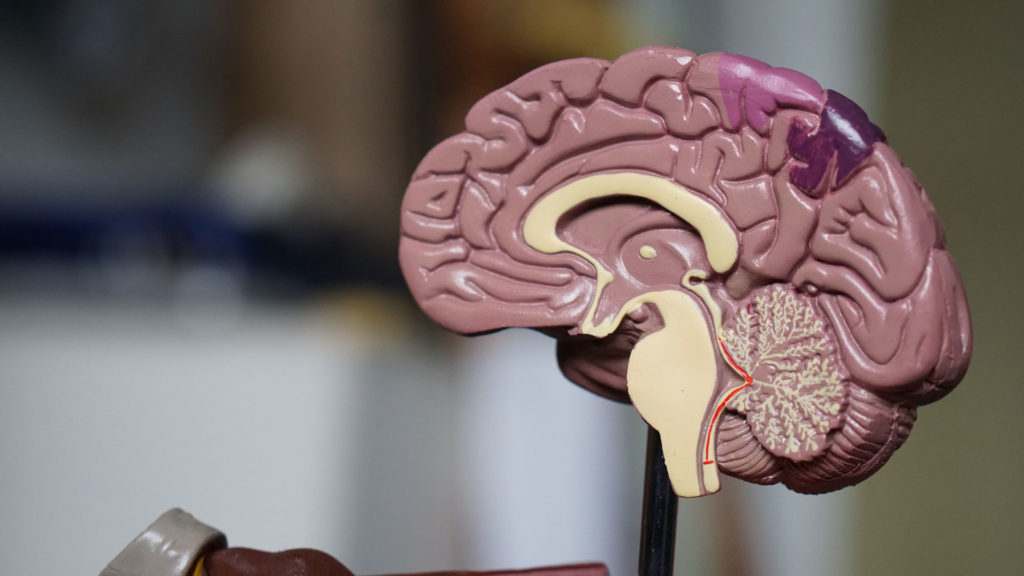
Contact
Steve Roberts, LLC
NO PRESSURE. SPEAK TO AN ATTORNEY. NO HIDDEN FEES.
"*" indicates required fields
Traumatic brain injuries are unfortunately all-too-common in the United States. Traumatic brain injury is described as the alternation in a person’s brain function, or other evidence of brain pathology, due to an external force. Traumatic brain injuries, or TBI, cost the economy over $60 billion each year in lost productivity, according to the U.S. Center for Disease Control and Prevention (CDC).

The CDC tracks statistics related to traumatic brain injuries on a periodic basis. The CDC has reported this data to U.S. Congress from time to time. Congress passed legislation in 1996 that allows states to obtain information on the number of people who have suffered traumatic brain injuries and the causes of these injuries. States are allowed to obtain this information regardless of whether the patient has consented to its release to the state. According to the CDC, there were over 69,000 Traumatic Brain Injury related deaths in the United States in 2021 alone.
These types of brain injuries are pervasive. In fact, TBIs constitute the major cause of death and disability for people under 45; they’re more common than the combined occurrence of AIDS, breast cancer, spinal cord injuries, and multiple sclerosis, according to the University of Pennsylvania School of Medicine. Every 15 seconds, a man, woman, or child suffers a brain injury. Over 80,000 of these victims wind up disabled for an extensive period of time, often for the rest of their lives. Medical treatment has advanced to care for these critical injuries and more people are seeking immediate treatment. In addition, there have been more efforts to prevent these injuries and protect people from possible harm.

One of the most striking statistics related to traumatic brain injuries is the costs that are associated with these injuries. More treatment options mean a higher cost of injuries, and this can be compensable in personal injury lawsuits. The direct costs include the medical care that is necessary to treat these injuries, including hospitalization and home health care. These costs are greatly magnified when adding in the indirect costs of traumatic brain injuries. The primary element of these costs is the loss of productivity. Mostly, this results from lost wages on the part of the person suffering the injury. However, the indirect costs go beyond that because other family members may have to take off time from work in order to care for the injured. Even a mild traumatic brain injury exceeded an average of $30,000 per patient. Lost productivity costs for deaths resulting from traumatic brain injuries suffered in car accidents exceeded $1 billion. Other studies have shown that the cost to treat a severe traumatic brain injury over the course of a lifetime exceeds $2 million per patient.
The most recent report from the CDC about traumatic brain injuries reveals that hospitalization rates have been on the rise. The study showed that hospitalizations from these injuries have increased by 53 percent from the last time that CDC compiled statistics. This does not mean that there has been an increase, just that more people are being hospitalized. It also means that traumatic brain injuries may be diagnosed more frequently than they have been in the past.
The term traumatic brain injury is a broad and encompassing term. It involves any injury to the head that can even involve a mild change in consciousness. While there are certainly severe traumatic brain injuries that can result in long-term damage, there may also be minor injuries that fall under this rubric. This category includes concussions, an area that has seen a heightened sensitivity in the wake of some of the high-profile athletic injuries in the area.
While minor concussions are certainly the most mild type of traumatic brain injury, there can also be much more severe injuries too. Approximately 31% of TBI-related deaths and over 50% of all injuries stem from car accidents, motorcycle accidents, and truck accidents, reports The Center for Specialized Services. Falls — especially common among seniors — account for 21% of all TBIs. Violence and criminal assaults cause 12% of these injuries.
Sports and recreation-related activities also cause 10% of traumatic brain injury cases. Nearly three out of every four bicycle accident deaths involve TBIs. Experts calculate that 85% of all bike-related head injuries could be prevented if all cyclists always wore helmets.
About 1 in 500 children of school age get an injury to the head that requires hospitalization. That’s over 165,000 hurt kids each year. TBI is one of the biggest causes of death for children from infancy through 14 years of age and for teens 14-19.
According to the statistics, falls are the leading cause of traumatic brain injuries, impacting nearly half the injuries in children and 80 percent of those suffered by senior citizens. In fact, seniors over 75 have the highest risk for TBI-related hospitalization and death.
Men, meanwhile, suffer brain injuries at nearly twice the rate that women do. Among all men who suffer TBIs, those in the 14 to 24 age bracket have the highest injury rate.
If you suspect that someone you know experienced a traumatic brain injury, get medical help as soon as possible. Avoid dismissing a potential problem as minor, even if you cannot identify an obvious physical injury. The effects of head trauma may not appear for days or even weeks.
The sooner a doctor diagnoses the problem, the better. Physicians can often take critical steps (using medications and surgeries) to reduce the long-term impact of TBIs, provided that they can treat victims within hours of the trauma.
Here are signs that indicate a person might have a brain injury:
Document all aspects of the personal injury and your treatment. If you’re too sick or unstable to collect this potential evidence, deputize someone to take care of this process for you.
If you have had a loved one who has suffered a traumatic brain injury, you are well aware of the costs that you are facing and will continue to experience. It is likely that you are suffering severe financial issues due to the costs of treating the injury and taking care of your loved one. This is further compounded if your loved one was providing an income and supporting the family. A Denver traumatic brain injury lawyer near you can help you recover a fair amount to help you defray these costs and make up for the lost income provided that the injury was caused by someone or something else.
Contact us or visit our office today!
Steve Roberts helped me tremendously when I was injured in a car accident. He took care of dealing with all the insurance company issues, and he was extremely knowledgeable in handling my case!
Rebecca M on Google
⭐️⭐️⭐️⭐️⭐️
NO PRESSURE. SPEAK TO AN ATTORNEY. NO HIDDEN FEES.
"*" indicates required fields

NO PRESSURE. SPEAK TO AN ATTORNEY. NO HIDDEN FEES.
"*" indicates required fields